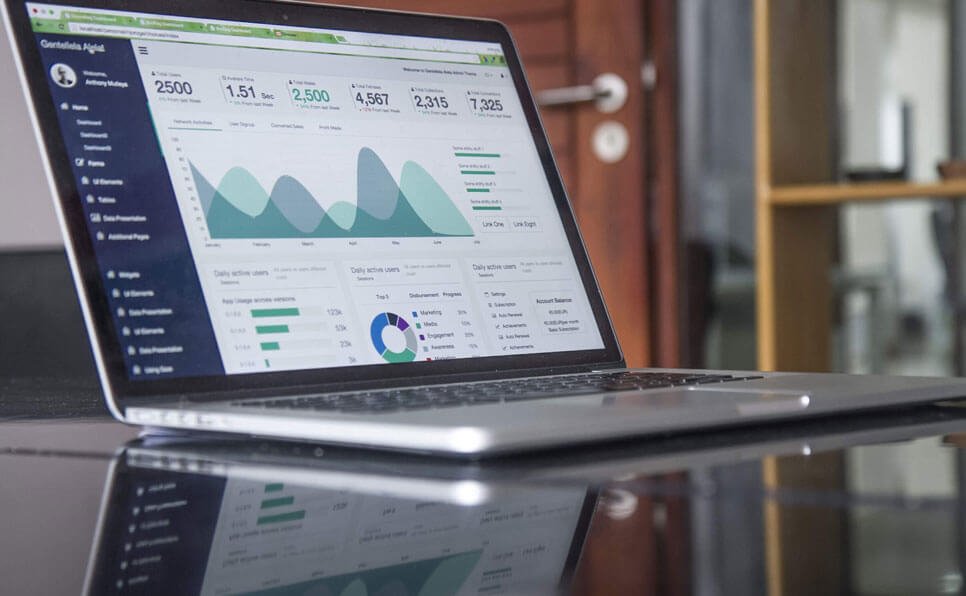🌍 Economic Trends 2025: Inflation, Interest Rates & Currency Movements Explained
Economic trends in 2025 are shaping the global financial landscape in powerful ways. From rising inflation to shifting interest rates and volatile currency markets, these three forces are closely connected—and understanding them is crucial whether you’re a business owner, investor, or simply planning your personal finances.
Let’s break down what’s happening this year and how these key economic drivers are evolving.
📈 Inflation in 2025: Cooling Down, But Still a Threat?
After the inflation shocks of 2022 and 2023, many hoped 2025 would bring calmer conditions. While inflation has eased in some regions, it remains a concern in others.
-
Developed nations like the U.S., UK, and Germany are seeing inflation rates near their central bank targets (around 2%). However, persistent cost pressures in housing, energy, and labor markets continue to challenge price stability.
-
Emerging economies, especially those dependent on imports or commodities, face higher inflation due to currency volatility and supply chain gaps.
What’s driving inflation in 2025?
-
Wage growth in competitive job markets
-
Global shipping costs
-
Geopolitical instability affecting oil and food prices
-
Climate disruptions impacting agriculture
Governments are treading carefully—eager to support economic growth without letting prices spiral again.
💰 Interest Rates in 2025: A Balancing Act
Interest rates are one of the most powerful tools central banks use to control inflation—and in 2025, we’re witnessing a global shift from tightening to stabilization.
-
The U.S. Federal Reserve, after raising rates aggressively in 2023–2024, has paused hikes and may gradually cut rates later this year if inflation stays low.
-
The European Central Bank and Bank of England are following suit, aiming to support sluggish growth without risking a return of high inflation.
-
Meanwhile, Japan continues with near-zero rates, and India and Australia are managing a tightrope walk between growth and inflation.
So what does this mean for you?
-
Lower borrowing costs for homes, cars, and business loans
-
Better access to credit
-
Renewed investment in housing and startups
However, central banks are ready to respond quickly if inflation heats up again—so flexibility remains key.
💱 Currency Movements: Winners, Losers, and the Rise of Digital Assets
Currency markets in 2025 are reacting to inflation and interest rate trends—but also to shifting political alliances, trade agreements, and the rise of digital currencies.
-
The U.S. Dollar has softened slightly due to a less aggressive Fed.
-
The Euro is gaining strength, backed by improved confidence in the Eurozone economy.
-
Emerging market currencies like the Brazilian real or South African rand are under pressure due to capital outflows.
-
The Chinese Yuan is becoming increasingly influential, as China promotes the yuan in cross-border digital transactions.
-
Cryptocurrencies and CBDCs (Central Bank Digital Currencies) are gaining ground, especially in countries with unstable fiat currencies.
Currency movements can affect:
-
Import/export costs
-
Tourism revenue
-
Cross-border investments
-
Inflation levels (via import prices)
🔗 How These Economic Trends Interconnect
Understanding economic trends in 2025 means seeing how inflation, interest rates, and currency values are all deeply connected:
-
Higher inflation often leads to higher interest rates.
-
Higher interest rates attract foreign investment, strengthening a country’s currency.
-
Stronger currencies reduce import prices, helping to cool inflation.
It’s a financial ecosystem—where one shift can trigger ripple effects globally.
🧠 Expert Tips for Navigating 2025
Whether you’re investing, managing a business, or just watching your budget, here are some practical takeaways:
✔️ Stay informed. Economic conditions can change rapidly. Follow updates from reliable sources like the IMF or World Bank.
✔️ Diversify your investments. Spread risk across sectors and regions to protect yourself from volatility.
✔️ Consider inflation-protected assets. Treasury Inflation-Protected Securities (TIPS) and commodities can offer protection.
✔️ Watch currency exposure. If you earn or spend in foreign currencies, consider hedging to minimize risk.
🌐 Final Thoughts
The economic trends of 2025 are creating both risks and opportunities. Inflation is easing but not gone. Interest rates may fall, but central banks remain cautious. Currencies are fluctuating as digital finance evolves.
By understanding these movements and how they interact, you can make smarter financial decisions and prepare for what’s next in an ever-changing global economy.
🔁 Internal Link Suggestion
👉 Don’t miss our related post: Top Emerging Markets Driving Growth in 2025
